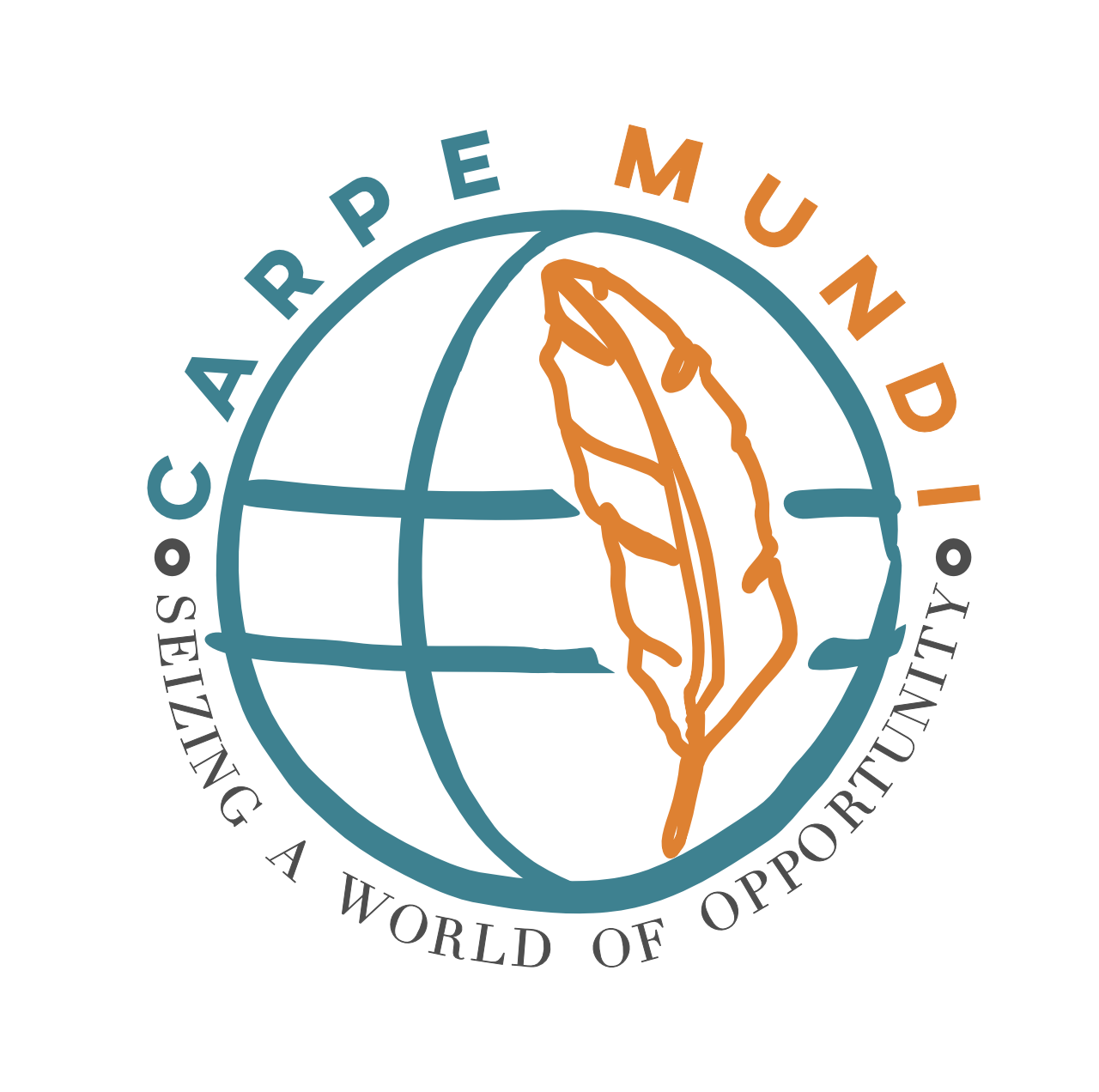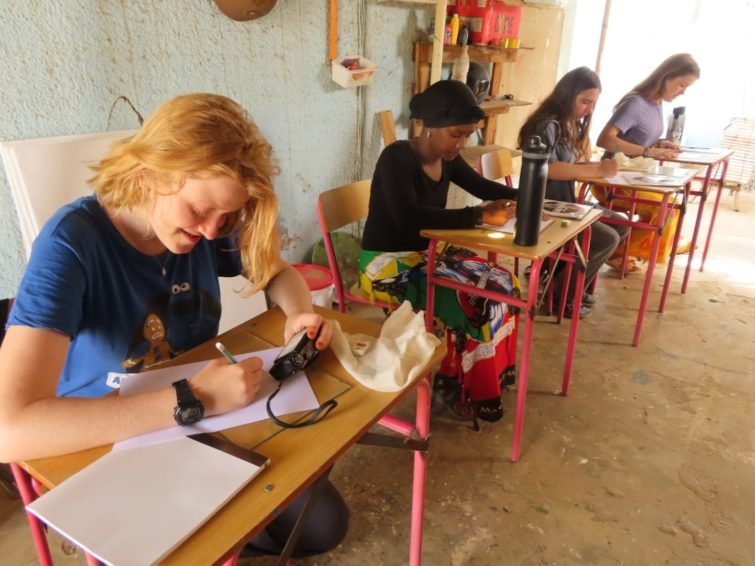By Senegal Instructor
Hello yak-universe!! We have arrived in Thies and students have been in homestays here for about a week. Because it is Ramadan (Ramadan Mubarak to all celebrating!) or Koor in Wolof, students have been breaking fast or ndogou and experiencing this very important time of year with their host families. We have been getting our Wolof brains back in working order (amidst habitually greeting people in Pulaar sometimes) and students have started planning for x-phase, as well as continuing our sessions with guest speakers about gender roles and FGC here in Senegal and the Peace Corps.
Today however, we had a really powerful time at Djoss and Issa’s art studio, Thies Aquarelles, which they founded in 1998. We learned about how they see painting behind glass as a revolutionary act and students even go to try their hand at the technique!
What we learned is that the technique was first brought back from the Middle East through Senegalese muslim pilgrimages to Mecca, it depicted themes of islam and patterns and images inspired from islamic spaces. Because of this, French colonizers at the time admonished it, they deemed it a naive and primitive art form, relegating it to being sold on the streets but never given enough value to hang in galleries or grace the walls of the wealthy colonizers. Senegalese artists continued to practice the technique in spite as a way to document their own ways of life, and the subject matter shifted to showcasing Senegalese mystical religious leaders or marabout. This was a way for the form to start to show unique forms and characters from this place, but because it had been brought over through Islam the French colonizers still didn’t like it. As the practice continued, subject matter developed to highlight Senegalese culture and ways of life depicting women and caricatures of how they felt seen and judged by French colonizers. This form is used to this day, as a popular and skill demanding medium- because you paint on the back side of a pane of glass everything on the front side is oppositely oriented than how you painted it- and you have to paint the subject first then its background because what you see first on the glass is what is put down on paint first on the back side. Needless to say- its complex! Djoss and Issa were great teachers and skillfully shared with us their work, and the work they do sharing their skills with those from around the world, as well as organizing and collectivizing support for artists all over Thies. It was a lovely afternoon in their gorgeous studio getting creative together!







